What are standard sizes of bathroom vanities? This is a critical question for homeowners planning a bathroom remodel or building a new space from scratch. Vanities play a central role in both form and function - they're not just about housing your sink but also offer essential storage, define the room’s layout, and influence overall comfort.
The challenge is that bathrooms come in all shapes and sizes, and so do vanities. Picking the wrong size can make your space feel cramped, create awkward traffic flow, or even cause installation issues with plumbing and mirrors. But making the right choice means optimizing your space, enhancing usability, and elevating the overall aesthetic.
Understanding Vanity Sizes: A Breakdown of Standard Dimensions
Width Ranges and Their Ideal Use Cases
The width of a vanity determines its footprint and functionality, and it's typically the first dimension to consider. What are standard sizes of bathroom vanities in terms of width? Here’s the common breakdown:
-
24 inches or less: Best for compact powder rooms, guest bathrooms, or half baths where space is limited. These typically come with limited storage and are often pedestal or wall-mounted styles.
-
30 to 36 inches: Offers more counter space and drawer room, suitable for small full bathrooms where a single user will frequently use the space.
-
48 inches: A popular choice for a main bathroom that’s neither too small nor expansive. It allows for extra drawers and a wider sink area.
- 60 to 72 inches: Commonly used in master bathrooms. These sizes accommodate double sinks, making them perfect for couples or shared households.

Always leave enough clearance on each side - especially near the toilet or bathtub and follow building code requirements to ensure proper spacing.
Height Considerations: Standard and Comfort Heights
Height influences how comfortable the vanity is to use day in and day out. The traditional standard height for bathroom vanities is about 32 inches, which used to match the height of pedestal sinks. However, with evolving ergonomic needs, many manufacturers now offer comfort height models ranging between 34 to 36 inches.

Taller vanities are ideal for adults and help reduce the need to hunch over. In contrast, lower vanities might still be preferred in kids’ bathrooms or for universal design setups that accommodate wheelchair users. Also consider the height of your vessel sink, which can add a few inches on top and influence how tall the countertop should be.
Depth and Clearance: Avoiding a Cramped Space
While not always top-of-mind, depth is just as important as width and height. Standard vanity depths fall between 17 and 24 inches, with 21 inches being most common. Shallower vanities are great for narrow bathrooms or spaces where you don’t want the cabinet protruding too far into the room.
When planning for depth, also factor in:
- Door swings
- Foot traffic
- Clearance from the shower or toilet
-
Drawer usability (deep drawers might hit plumbing or walls)
A poorly considered depth can cause inconvenience, especially if doors bump into each other or you constantly stub your toes while moving through the bathroom.
Style and Function: Choosing the Right Vanity Type
Single vs. Double Sink Vanities
Your choice between single and double sink vanities can significantly affect your daily routine. Single sink vanities, typically between 24 and 48 inches wide, are perfect for smaller spaces or bathrooms used by one person. They allow for more countertop area, which is handy if you use a lot of products or accessories.

Double sink vanities, starting around 60 inches and going up to 84 inches, are ideal for master baths or shared family bathrooms. They provide individual space, reduce the morning bottleneck, and increase functionality.
Freestanding vs. Wall-Mounted Vanities
Freestanding vanities are the most traditional and easiest to install. They sit directly on the floor, come in various styles, and typically offer generous storage space with drawers, shelves, or cabinets. They can be moved more easily during renovations and offer a sense of permanence and structure.

Buy now: Rustic Wooden Floating Vanity For Cozy Bathroom Style
On the other hand, wall-mounted vanities - also called floating vanities attach directly to the wall and do not touch the floor. These are great for modern or minimalist designs and make small bathrooms feel more open and airy.
Open Shelving vs. Enclosed Cabinets
Storage style plays a huge role in functionality. Enclosed cabinets hide clutter, making your space look cleaner and more organized. They protect contents from humidity and water splashes and are often available in a variety of configurations, including drawers, shelves, and doors.
Open shelving brings a modern, spa-like vibe. It’s perfect for displaying towels, decorative baskets, or carefully curated toiletries. However, open storage can quickly look messy if not maintained, and it offers less protection from dust or moisture.
Balance these options based on how often you use the items stored, your tolerance for visual clutter, and your design preferences.
Material Choices: What Are Bathroom Vanities Made Of?
Solid Wood and Engineered Wood Options
When asking what are bathroom vanities made of, the top-tier answer is often solid wood. It’s durable, natural, and ages beautifully. Hardwoods like oak, maple, and birch are especially popular for their resistance to warping and cracking.
Engineered woods like plywood and MDF (medium-density fiberboard) are common in mid-range and budget vanities. Plywood is strong, moisture-resistant, and layered for stability, making it a great alternative to solid wood. MDF offers a smooth surface for painted finishes but can swell if exposed to prolonged moisture.
Metal, Glass, and Composite Materials
For ultra-modern or industrial-style bathrooms, metal or glass vanities provide a striking aesthetic. Stainless steel frames and tempered glass counters can look sleek and clean, but they often lack warmth and traditional storage space.

Buy now: Handcrafted Counter Bathroom Vanity Shelf
Composite materials like acrylic, resin, and PVC are increasingly popular for their water resistance and modern finishes. They’re often used in budget-friendly vanities or for parts like the countertop or sink basin.
Countertop Considerations: Quartz, Marble, and Ceramic
Don’t forget the countertop. Materials like quartz, granite, marble, ceramic, and solid surface options can define the overall look and maintenance needs of your vanity.
- Quartz is non-porous, low-maintenance, and durable.
-
Marble is elegant but requires sealing and care.
-
Ceramic and porcelain are cost-effective and available in many styles.
Choose based on your bathroom’s wear-and-tear level and how much time you want to spend maintaining your surfaces.
What Is the Best Brand of Bathroom Vanities?
Mid-Tier Brands for Balanced Value
What Is the Best Brand of Bathroom Vanities? For those seeking a balance between price and quality, consider:
-
Virtu USA: Stylish designs with solid wood and soft-close drawers.
-
Foremost: Widely available at big-box stores, offering solid construction and varied designs.
- Design House: Reliable, affordable, and perfect for quick renovations.
These brands make it easier to find the sweet spot between style and affordability.

Budget-Friendly Brands for Quick Fixes or Rentals
When working with a limited budget or outfitting a rental, brands like:
- IKEA: Modern aesthetics, modular storage, and wallet-friendly pricing.
- Glacier Bay (Home Depot): Simple, functional, and easy to install.
- SpryInterior: Great for DIYers and customization options.
Choosing the Right Size: What Size Bathroom Vanity Should I Get?
Measuring Your Space Accurately
Before you fall in love with a vanity, get accurate measurements. The answer to what size bathroom vanity should I get starts with understanding your bathroom’s layout.
- Measure wall-to-wall dimensions
- Account for door swing, especially if near the bathroom entry
- Consider existing plumbing locations to avoid costly reroutes
- Sketch a simple floor plan to visualize how the vanity will fit, and don’t forget to factor in mirror size and lighting placement.
Matching Vanity Size to User Needs
Think about who will be using the bathroom:
- For guest baths, a compact 24-30" vanity is sufficient.
-
For couples or families, aim for at least a 48-60" unit.
- For kids or accessibility needs, opt for lower, wider models with easy-access drawers.
Balancing vanity size with lifestyle needs ensures your bathroom works for everyone who uses it.

Storage and Functionality Over Time
Storage needs grow over time. Ask yourself:
- Do I need room for hair tools, makeup, medicine, and linens?
- Are open shelves enough, or do I need drawers and doors?
- How often will I reorganize or declutter?
Choose a vanity that supports long-term functionality, not just your current needs. Better to have extra space than to run out and regret your purchase.
Conclusion
So, what are standard sizes of bathroom vanities? The answer varies depending on space, needs, and design. From narrow 24-inch units to luxurious 72-inch double vanities, there’s a size for every bathroom.
By considering your space, household needs, material preferences, and brand reputation, you’ll be able to confidently choose a bathroom vanity that looks great, performs well, and adds lasting value to your home.


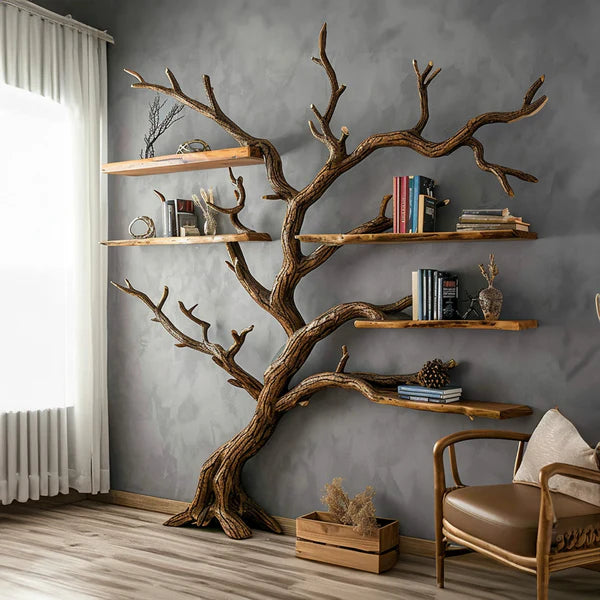
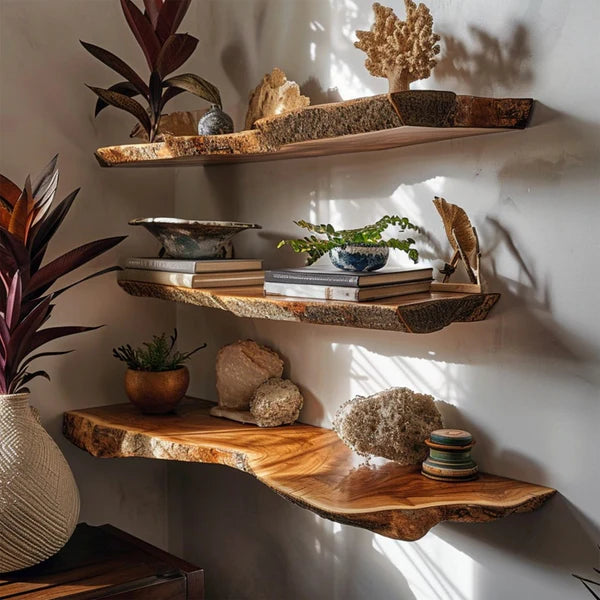
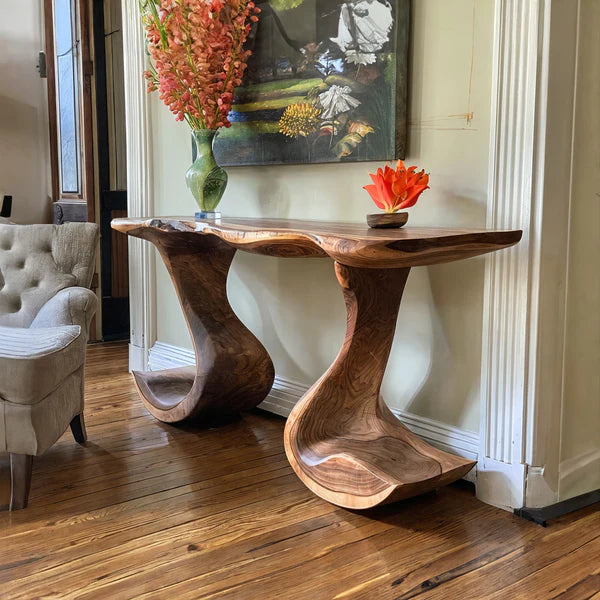

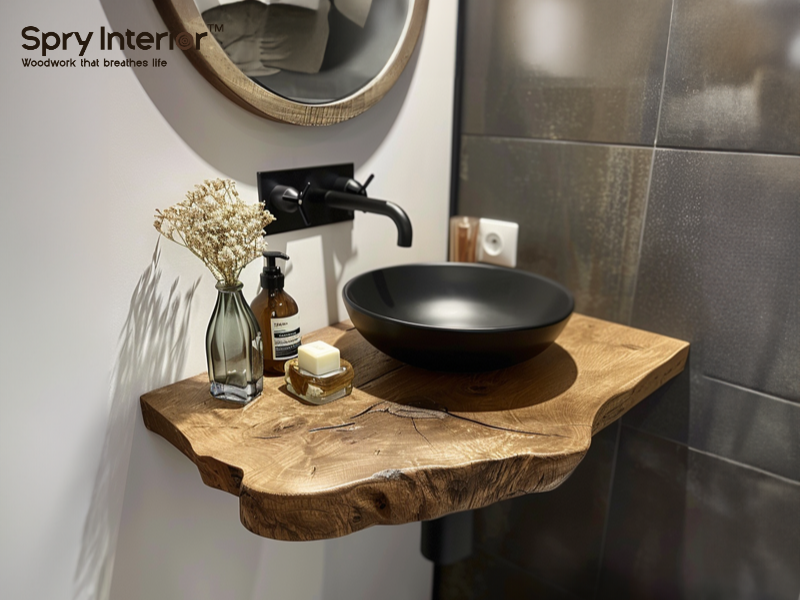
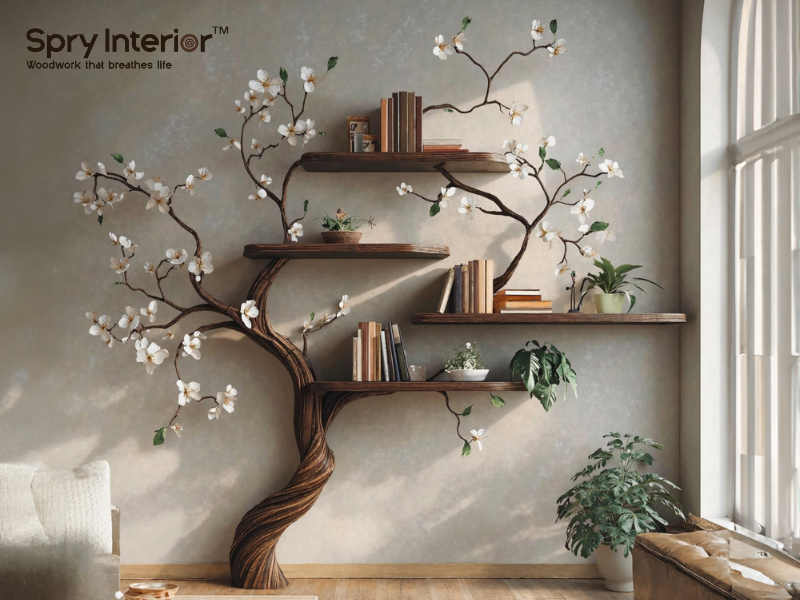
Leave a comment
This site is protected by hCaptcha and the hCaptcha Privacy Policy and Terms of Service apply.